Discover the hidden treasures of Europe’s lesser-known regions through their unique cheese varieties. From the creamy textures of the Alps to the robust flavors found in the Balkan countryside, this article will guide you through an exploration of exquisite cheeses that are as rich in history as they are in taste. Join us on a culinary journey to uncover these delightful dairy gems, far off the beaten path.
Sirene (Bulgaria)
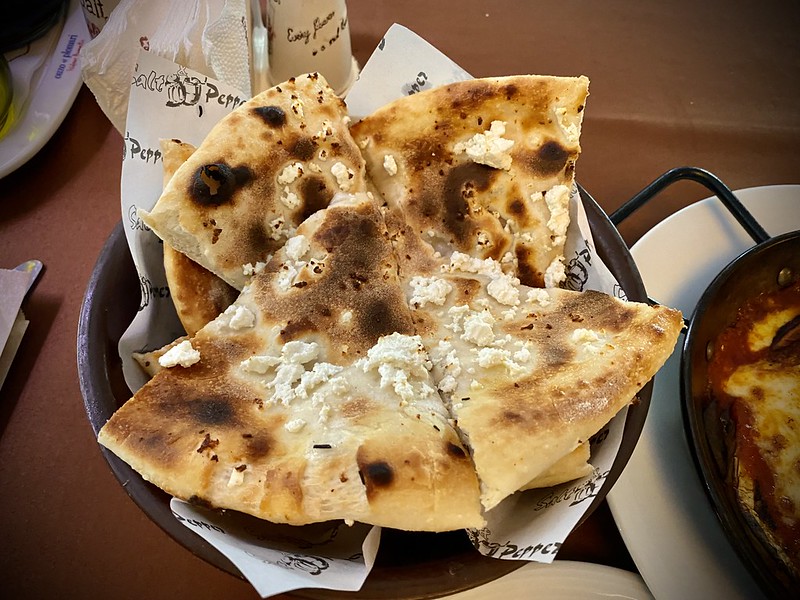
Sirene is celebrated for its versatility and robust flavor, essential in traditional Bulgarian dishes like Shopska salad. The cheese’s grainy texture and tangy taste come from the unique blend of sheep, goat, and cow’s milk, and its brining process, which enhances its flavor and preservation.
Bryndza (Slovakia)
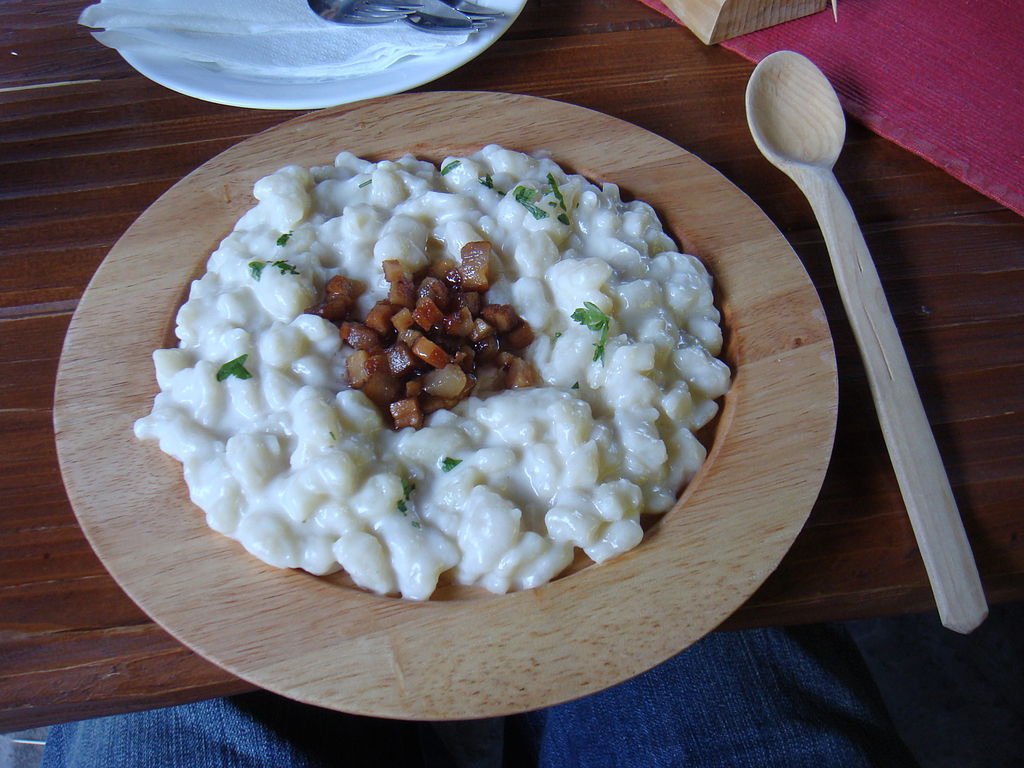
This cheese is integral to Slovak identity, notably used in national dishes. Bryndza is made from a special type of sheep’s milk, which imparts a unique creamy yet tangy flavor, essential for creating the distinctive taste of bryndzové halušky.
Pag Cheese (Croatia)
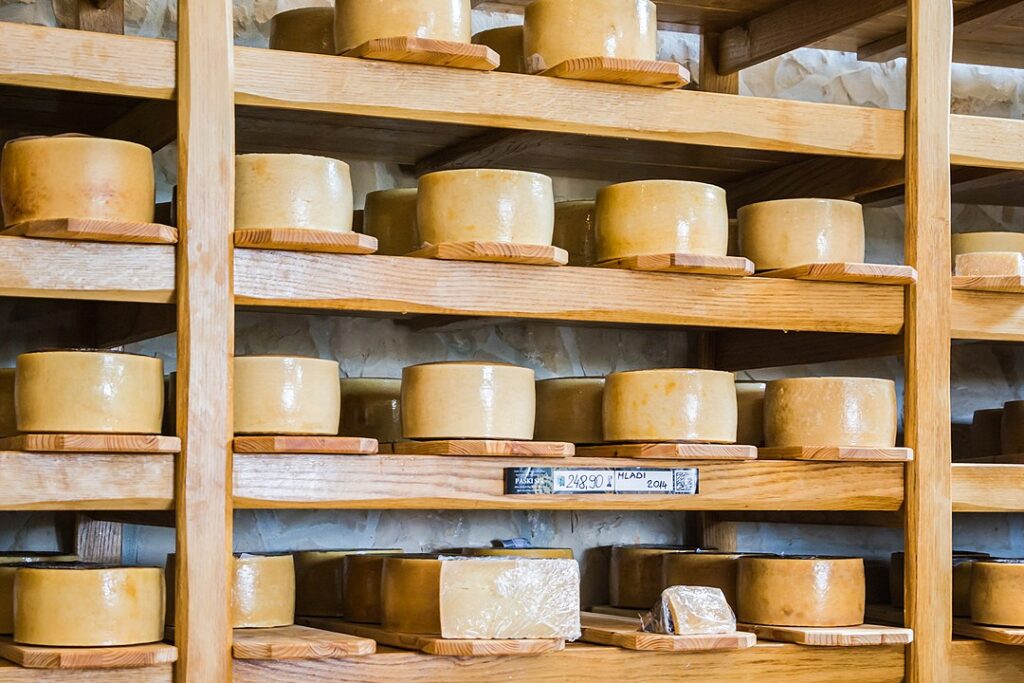
Made on Pag Island, this cheese’s uniqueness lies in the island’s environment where sheep graze on salty grass. This imparts a natural saltiness and rich flavor to the cheese, making it a sought-after delicacy in Croatia and internationally.
Oscypek (Poland)
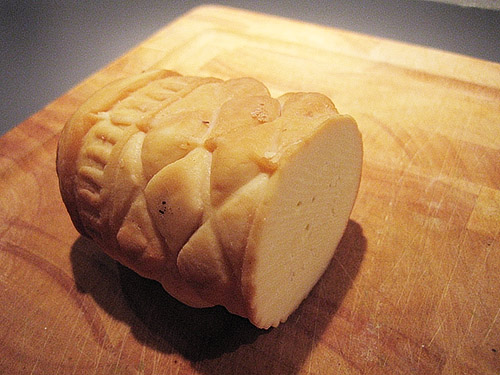
This smoked sheep’s milk cheese is recognized by its ornamental spindle shape, achieved through traditional wooden molds. Its smoky flavor and firm texture make it a unique representation of Polish mountainous regions.
Torta del Casar (Spain)
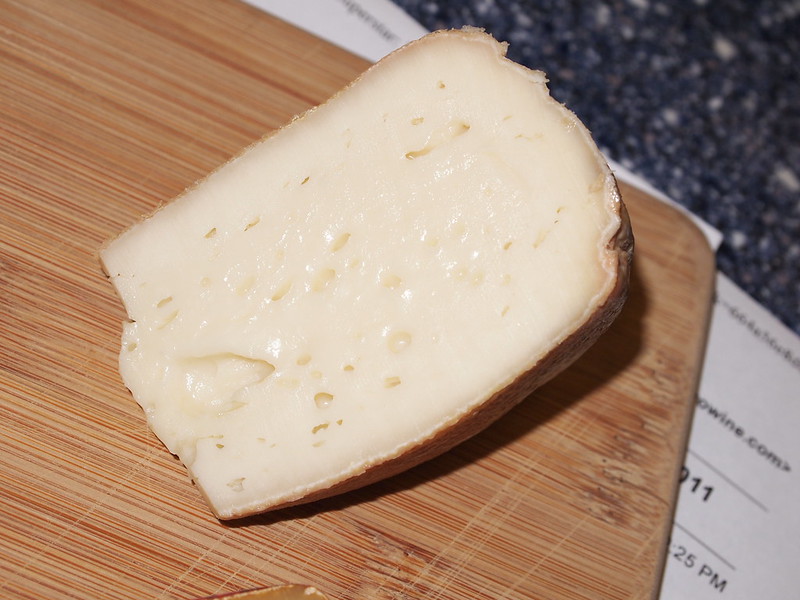
Originating from Extremadura, this cheese’s creamy texture and intense flavor come from its unique production using thistle rennet. The runny interior is not just delicious but also a talking point, often sparking curiosity.
Azeitão (Portugal)
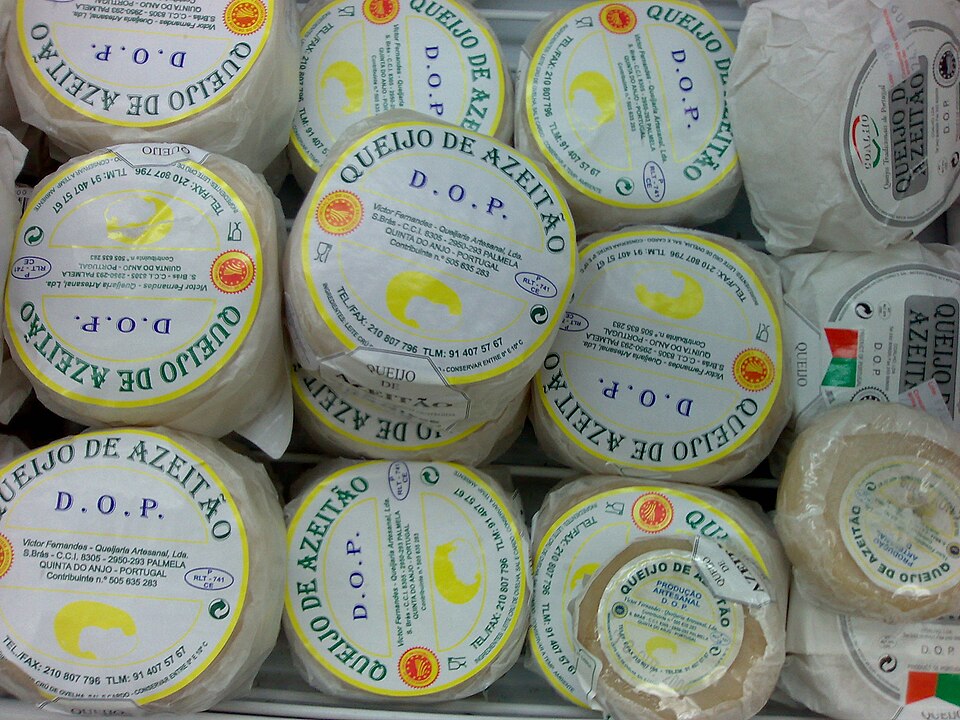
Produced in small quantities, Azeitão is a rare gem in Portugal’s cheese heritage. Its rich, slightly spicy flavor is the result of using traditional thistle rennet, distinguishing it from other sheep’s milk cheeses.
Jibneh Arabieh (Cyprus)
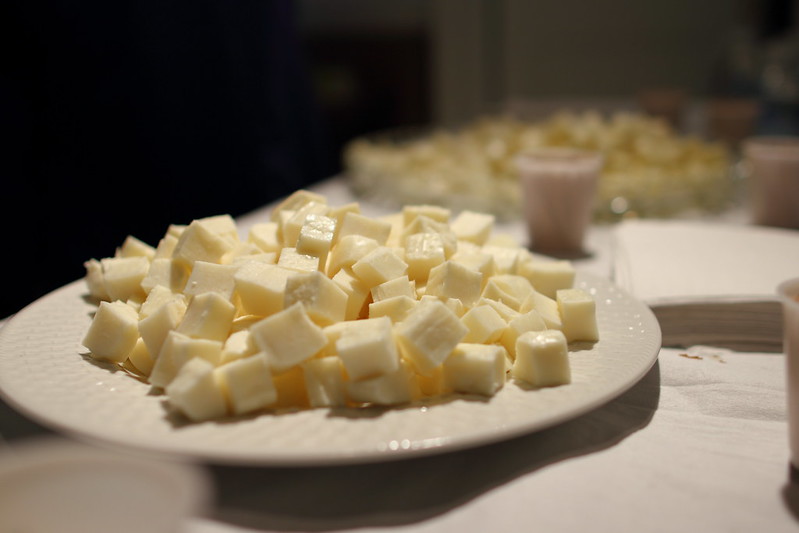
This cheese is fundamental in Cypriot cuisine for its mild flavor and versatility. Its texture and taste are perfect for a variety of dishes, from grilled cheese to stuffing in pastries, reflecting the culinary adaptability of the region.
Banon (France)
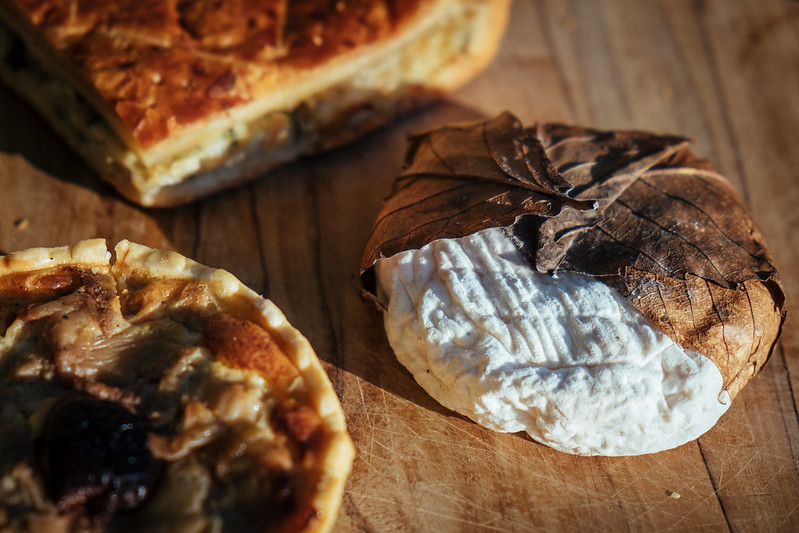
Wrapped in chestnut leaves soaked in eau-de-vie, Banon stands out for its rustic appearance and complex flavor profile, which evolves as it ages within its leafy package, offering a narrative of traditional French cheesemaking.
Brocciu (Corsica)
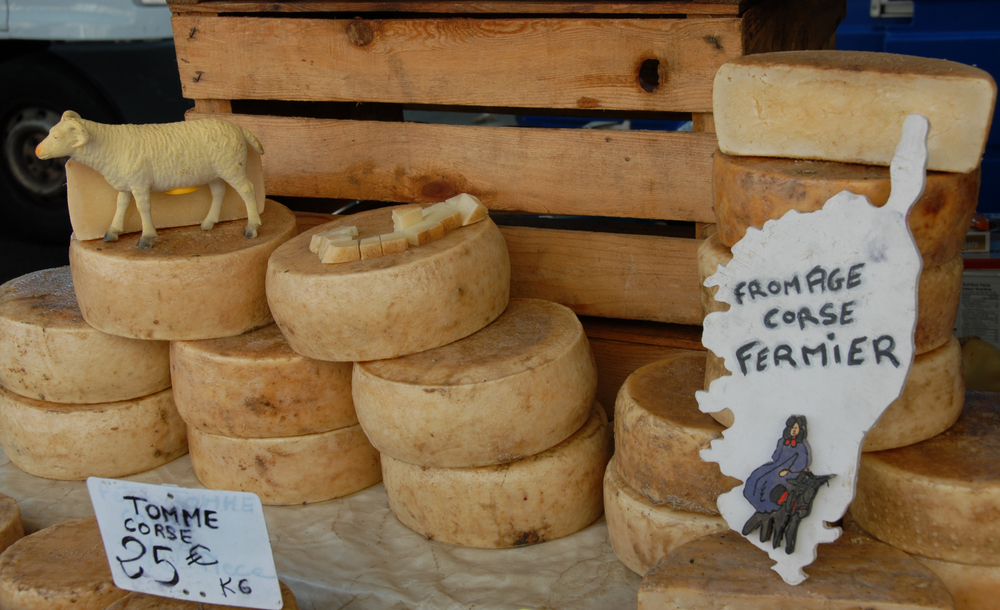
This cheese is a Corsican pride, celebrated for its lightness and freshness. Made from whey, it is reminiscent of ricotta but with a distinctive taste that captures the essence of Corsica’s pastoral landscapes.
Pultost (Norway)
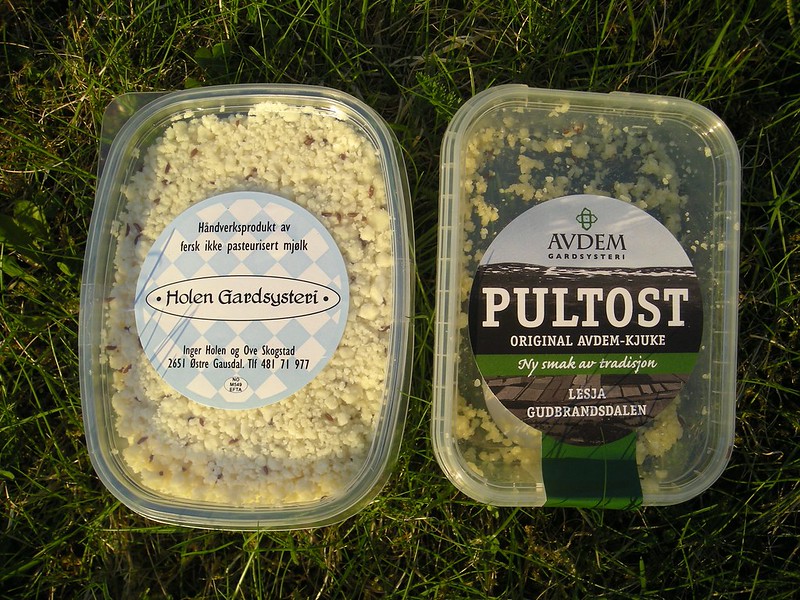
Pultost is known for its strong, tangy flavor, which can be an acquired taste. Its low-fat content and seasoning with caraway seeds make it a unique part of Norwegian dairy culture, often enjoyed spread on bread.
Mimolette (France, Nord)

Aged Mimolette is famed for its bright orange color, which comes from the addition of annatto. Its hard, crumbly texture and distinct flavor profile make it a standout cheese on any platter.
Schabziger (Switzerland)
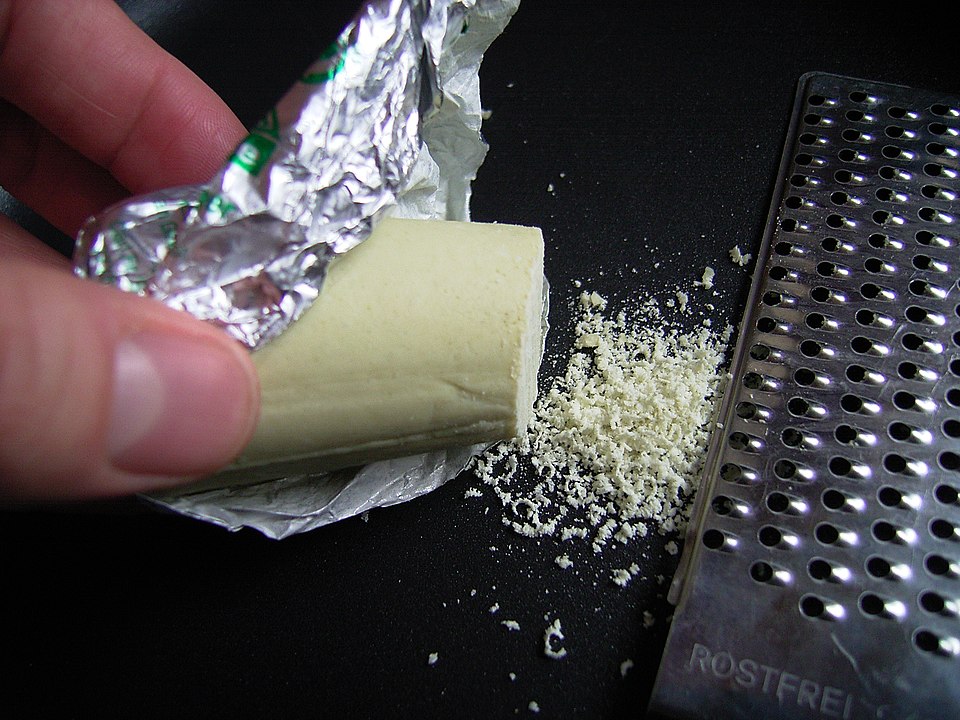
Recognized for its green color due to the addition of blue fenugreek, Schabziger is distinctive not just in appearance but also in its strong, spicy flavor, which makes it a unique culinary tool in Swiss cuisine.
Caciocavallo Podolico (Italy)
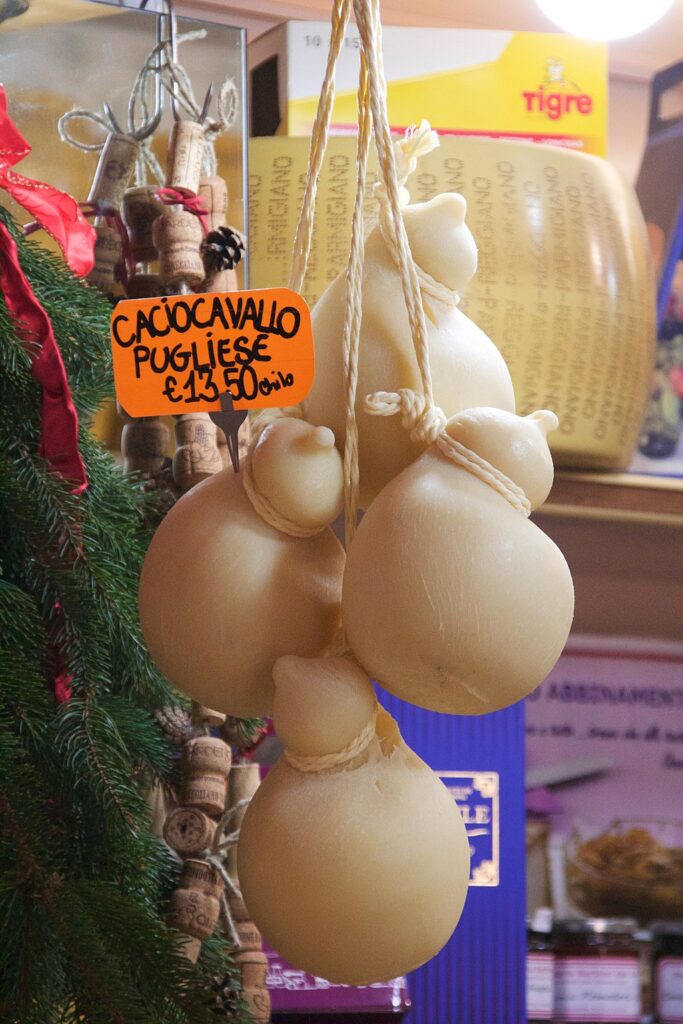
The rarity of this cheese is due to the limited production from Podolica cows. Its aging process develops a deep flavor, making it highly prized among cheese connoisseurs.
Năsal (Romania)
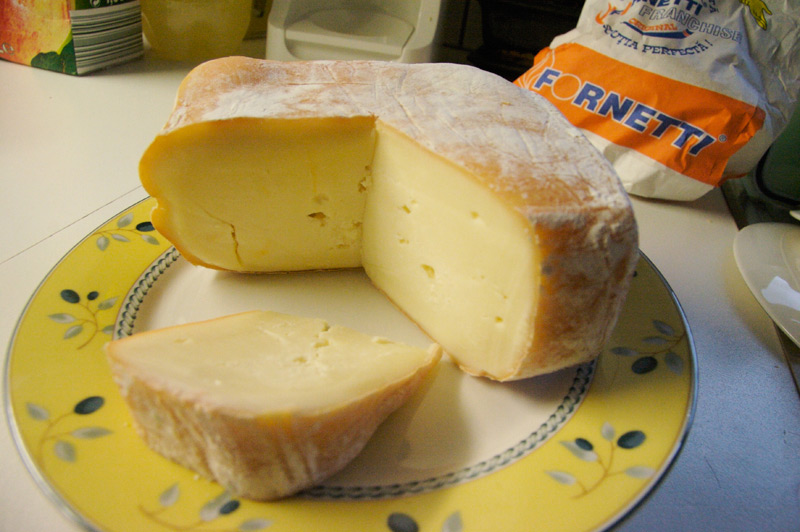
Produced exclusively in a specific cave, Năsal’s flavor is deeply influenced by the cave’s unique microflora, creating a cheese that is not just eaten, but experienced, reflecting its terroir.
Serra da Estrela (Portugal)
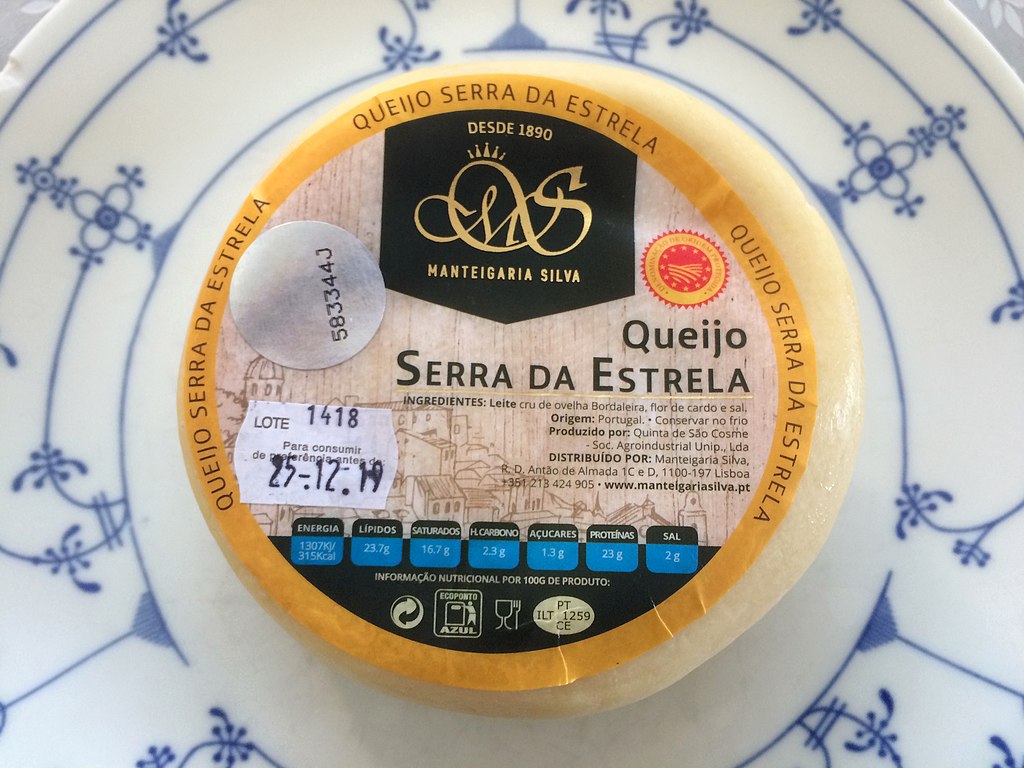
Known for its texture that can range from firm to very soft, Serra da Estrela is made using traditional methods with sheep’s milk and thistle rennet, contributing to its creamy texture and complex flavors.
Hâlûmi (Cyprus)

Its ability to resist melting when heated makes Hâlûmi exceptionally popular for frying or grilling, providing a pleasant chewiness and a salty flavor that pairs well with a variety of dishes.
Tilsiter (Lithuania)
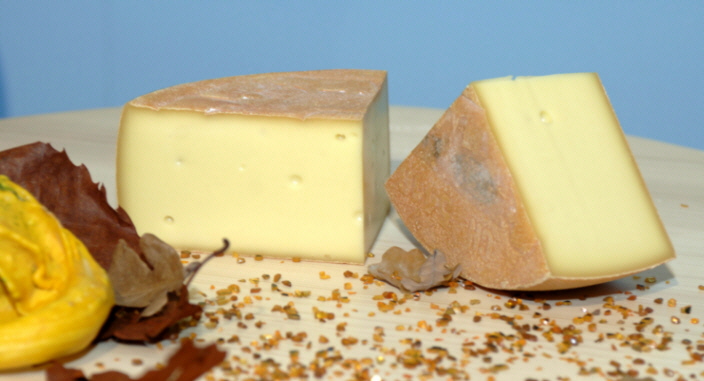
This cheese was adapted by Lithuanian makers to suit local tastes and conditions, resulting in a variant that is less intense but more creamy than its original, making it a staple in Lithuanian homes.
Telemark (Norway)
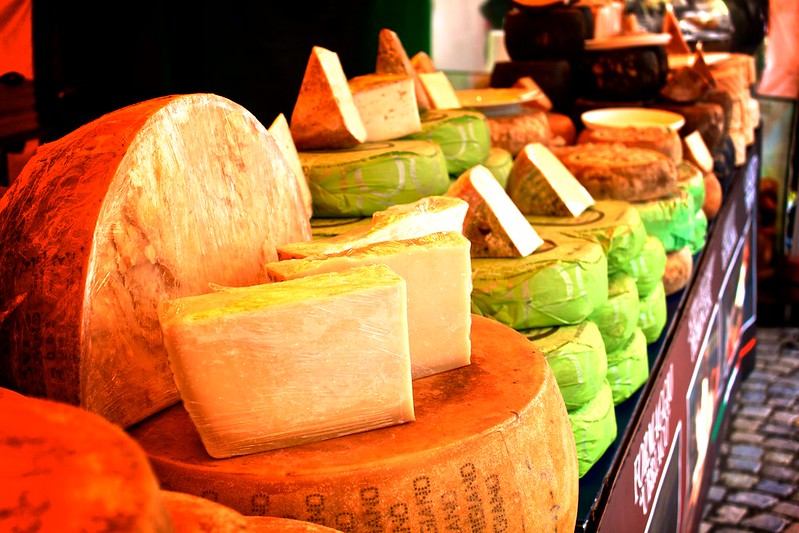
Telemark cheese is a testament to Norway’s dairying tradition, offering a sweet, nutty flavor that evolves with age, and a firm texture that holds up well in cooking, making it versatile in use.
Trapista (Hungary)
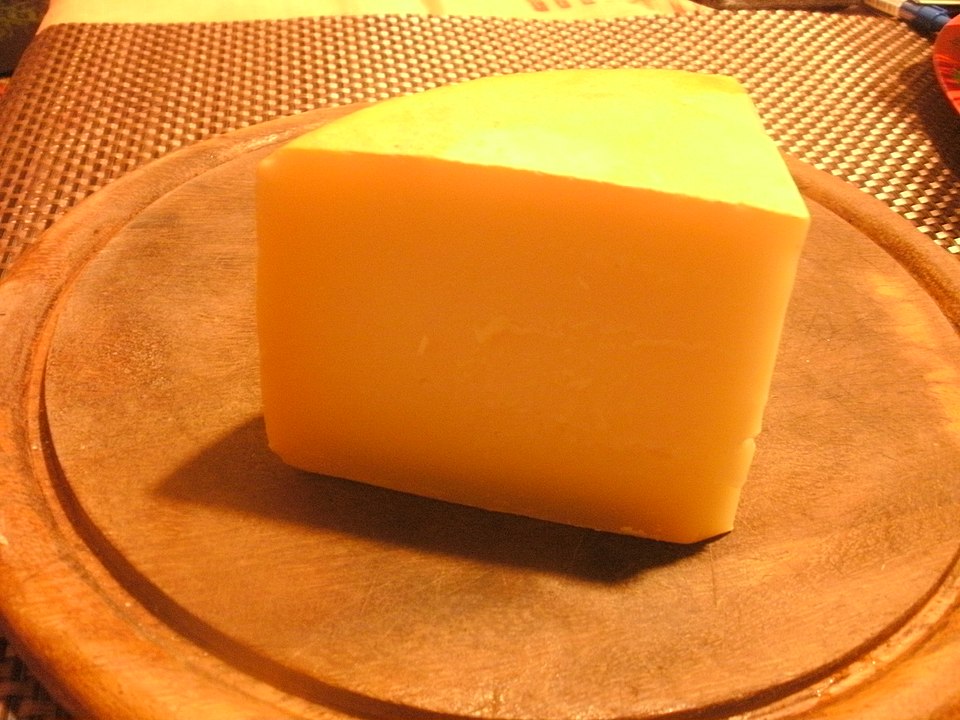
Originally made by Trappist monks, its mild flavor and semi-soft texture make it suitable for a wide range of culinary uses, from cheese platters to melting dishes, embodying a part of Hungary’s culinary heritage.
Afuega’l Pitu (Spain)
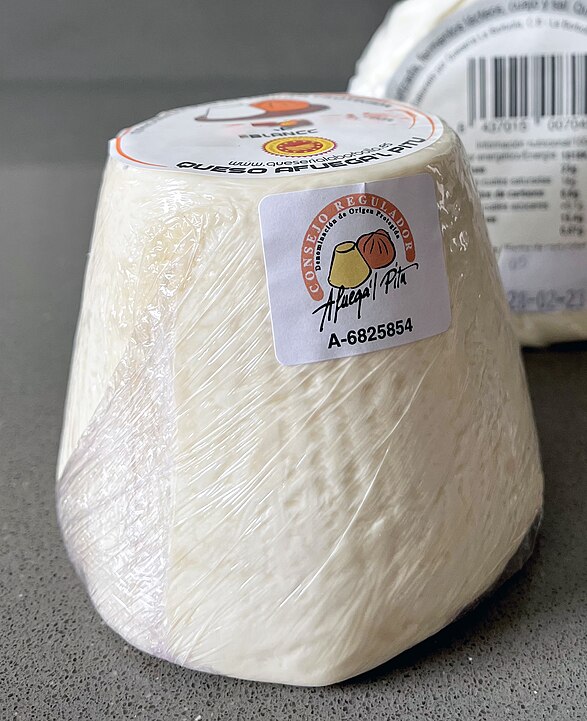
Known for its unusual preparation involving pressing and smoking, this cheese has a distinctly sharp, spicy flavor that differentiates it from other Spanish cheeses, often enjoyed with local Asturian cider.
Vurda (Montenegro)
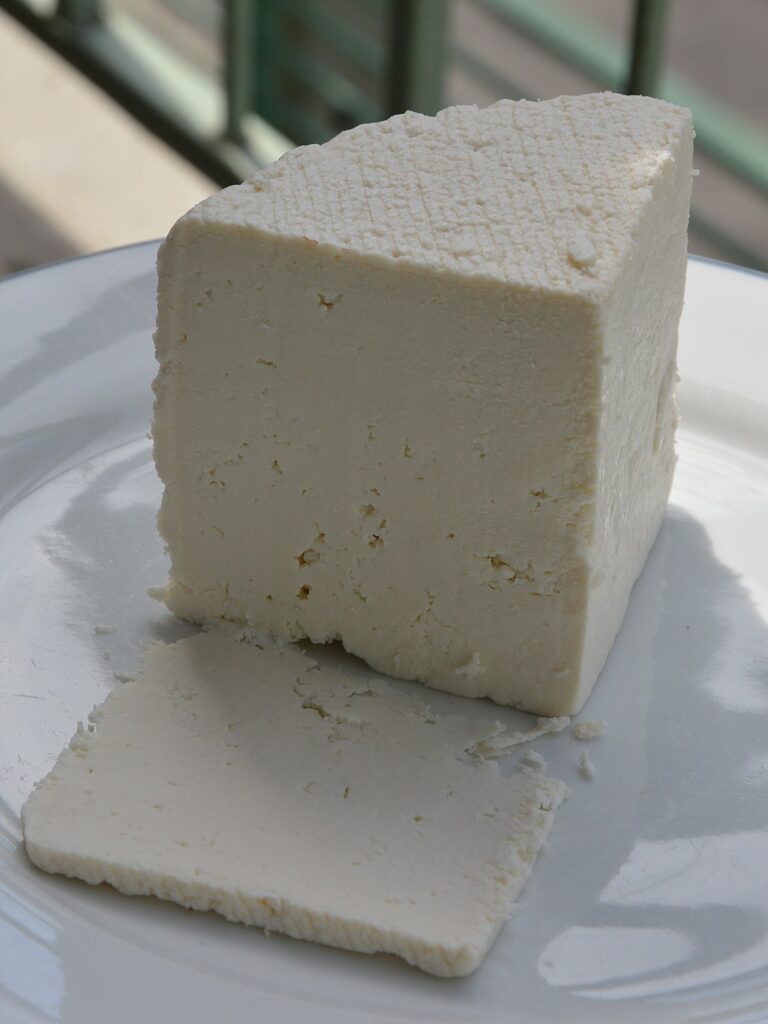
This fresh cheese is cherished in Montenegrin cuisine for its light, refreshing taste and soft texture, making it a favorite in salads and simple, wholesome meals.
Abondance (France, Haute-Savoie)
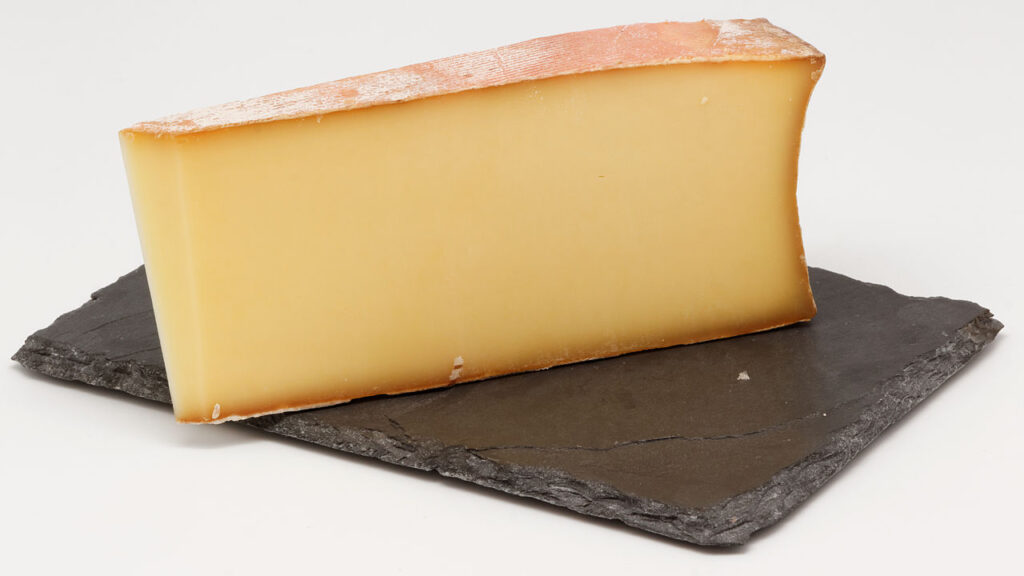
Abondance cheese, with its firm texture and fruity, slightly tangy flavor, comes from the Abondance valley, showcasing the regional biodiversity and cheesemaking traditions.
Västerbotten (Sweden)
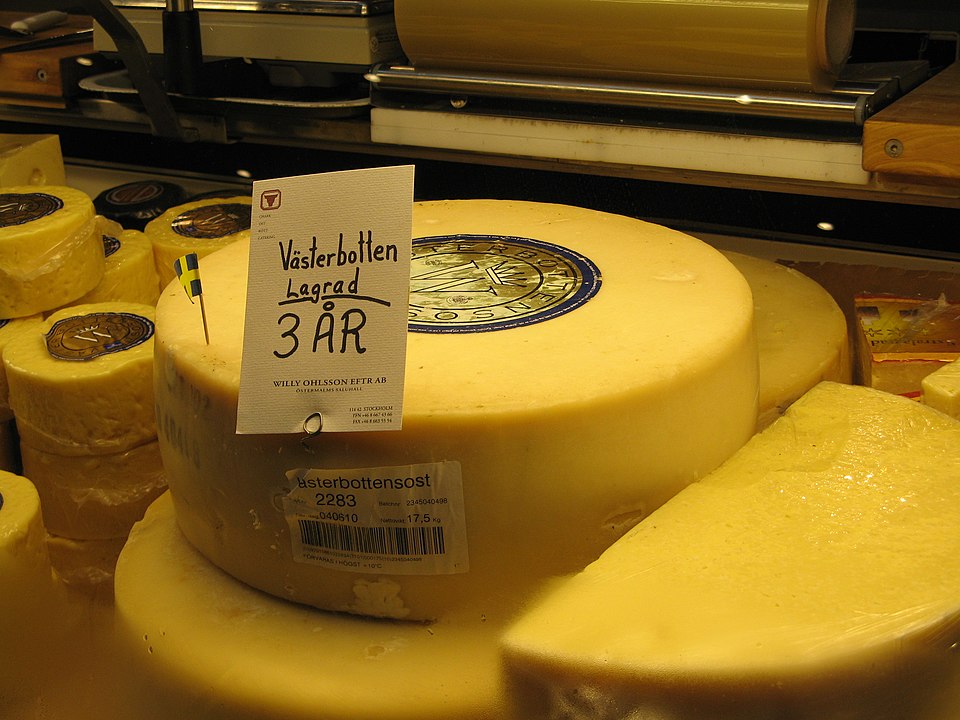
Esteemed for its pronounced flavor and granular texture, Västerbotten cheese is a cultural icon in Sweden, essential in many traditional dishes and celebrated during the Västerbotten Cheese festival.
This article originally appeared on UnifyCosmos.
More from UnifyCosmos
20 Intriguing Facts About Endangered Animal Species

Discovering intriguing facts about these endangered animals not only broadens our understanding but also emphasizes the importance of protecting our natural world for future generations. Read more!
25 Surprising Facts About Dreams and How We Sleep

Join us on this journey as we delve deeper into the wonders of this fundamental aspect of human experience. Read more!
20 Common Relationship Mistakes to Avoid

This article offers insights into recognizing and rectifying these mistakes, helping couples strengthen their bond. Through practical advice, it aims to guide partners towards a more understanding and resilient connection. Read more!
Leave a Reply